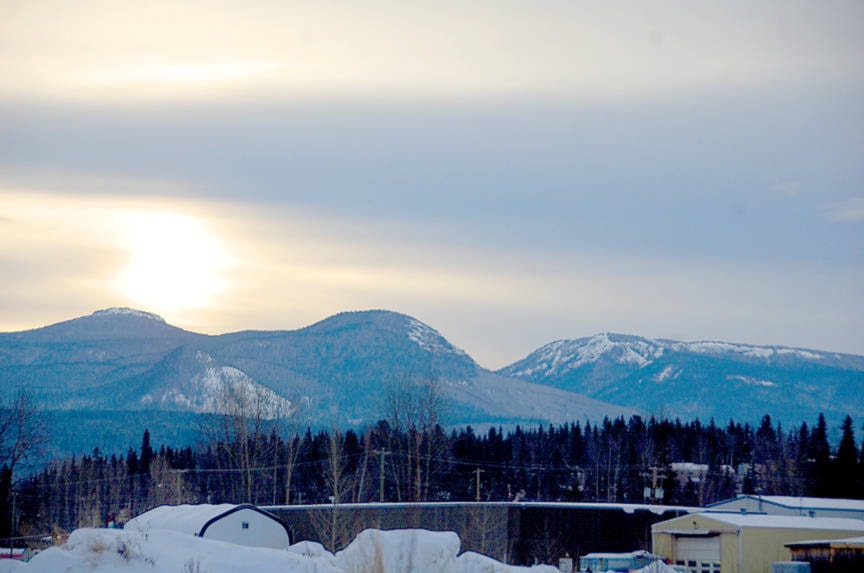People with breathing and other medical conditions were being told last week to take precautions because of a high amount of fine particulate matter in the air.
A notice issued by Northern Health and the provincial environment ministry on Feb. 12 said people with “chronic underlying medical conditions should postpone strenuous exercise” until it is lifted.
“Staying indoors and in air-conditioned spaces helps to reduce fine particulate exposure,” the notice indicated.
“Exposure is particularly a concern for infants, the elderly and those who hve diabetes, and lung or heart disease.”
The notice was in effect for one day, ending Feb. 13.
As is customary with air quality advistories, the District of Houston issued an accompanying notice, banning the use of woodstoves unless it is the only source of heat in a dwelling.
That ban falls in line with a District of Houston bylaw.
Residents were also asked to voluntarily not use fireplaces unless, as is the case with a woodstove, the fireplace is the only source of heat in a dwelling.
And if a woodstove or fireplace is used, residents were being advised to burn only dry wood and to ensure there is plenty of air for a cleaner burn.
The provincial air quality objective is 25 micograms of fine particulate matter per cubic metre of air.
As of Feb. 12, the day the notice was issued, the level in Houston was 33.5 micrograms of fine particulate matter. On the same day it was 23.7 in Burns Lake, 36.1 in Vanderhoof and 25.5 in Smithers.
Fine particulate matter emissions come from automobiles, trucks and trains as well as industrial activity and wood-burning appliances.
Residents were also asked not to idle their vehicles.
Environment ministry meteorologist Ben Weinstein, who is based in Smithers, said Houston’s air quality advisories come from a combination of weather patterns and emissions.
“When you have a period of still air, a high pressure ridge that’s built up, you can have an inversion layer and with low wind speed, there’s a limited dispersion of pollutants that are emitted,” he said.
The resulting combination of emissions and weather also becomes a factor for communities situated within valley bottoms, Weinstein added.
He said the Feb. 12 advisory was cancelled after a mass of unstable air passed through the area, flushing out the pollutants.
